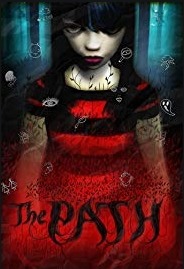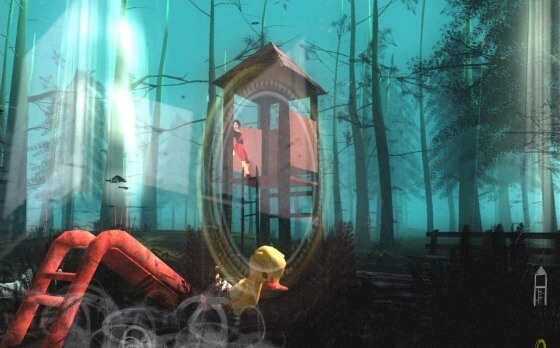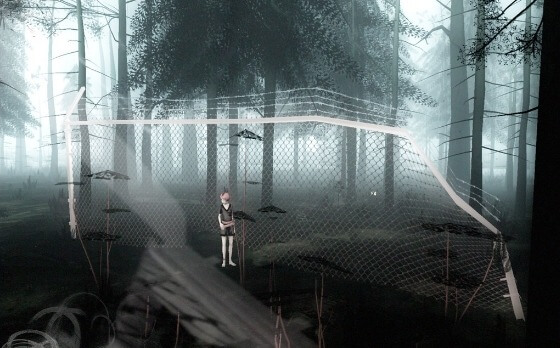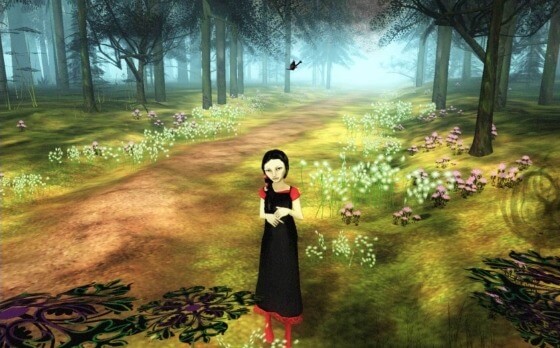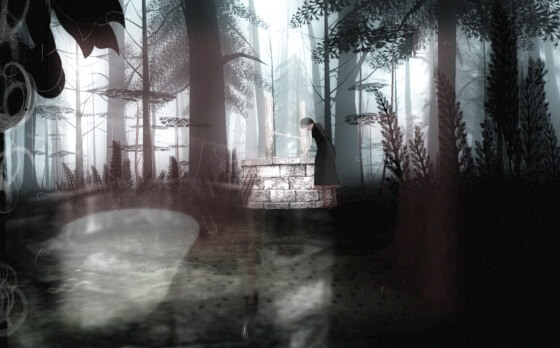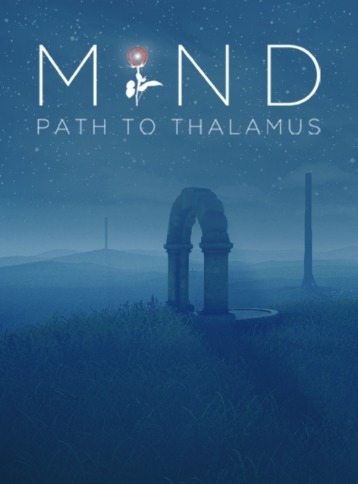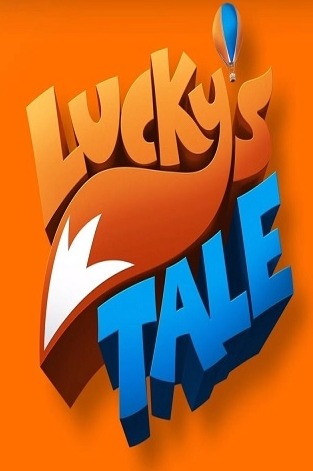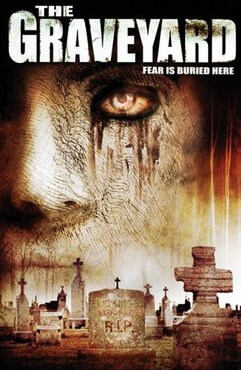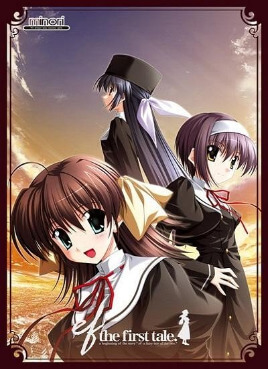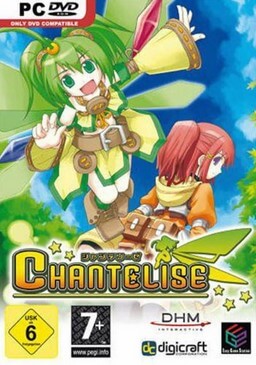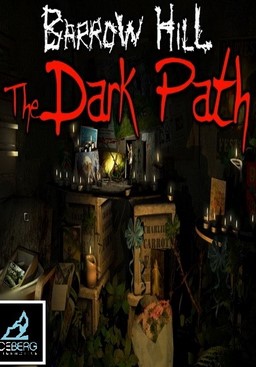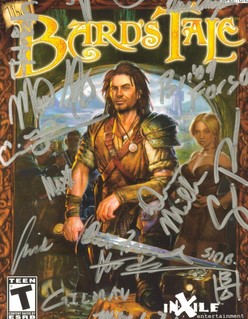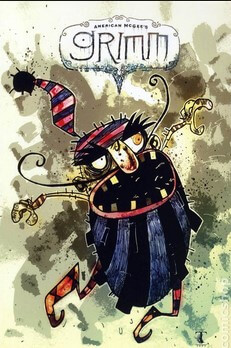As the player explores, they find various items scattered around. For a girl to pick up or examine an object, the player needs to either click on the interaction button or move her close enough for a superimposed image of the object to appear on the screen, then let go of the controls. The character will interact and an image will appear on the screen, indicating what has been unlocked; every item a girl encounters in the forest shows in some shape or form in Grandmother's house, and some objects open up whole new rooms. Small text will also appear, a thought from the current character. Some items can only be picked up once and do not appear in subsequent runs. However, each character will say something different about an object, so the player has the option to access a "basket" to see what they have collected.
The Wolf is the antagonist in the game and takes on a different form for each girl. The forms represent tribulations that are associated with the stages of childhood and adolescence. It is not required to find the Wolf. In this game, there are no requirements but the ending at Grandmother's house does change dramatically after the wolf encounter. The girl encounters the Wolf, there is a brief cut scene, and the screen goes black. Afterward, the girl is lying on the path in front of Grandmother's house.
When the player enters Grandmother's house, the style of gameplay changes. It is now in first person, and the character moves forward along a pre-determined path. If the player got there without interacting with the Wolf, they arrive safely, cozy up next to Grandmother and are sent back to the apartment. The girl the player guided will still be there, and can be played again. If the player did go to the Wolf, then everything in the house is darker, and if the player remains still for too long, darkness clouds the screen, and something growls. Depending on the girl, doors are scratched, or furniture tipped over and broken, or strange black threads are draped across everything. Instead of ending with Grandmother, the music crescendos as the player enters a final surreal room before falling down, and things black out again. Images flash on the screen, featuring the girl being attacked by her Wolf, before the player is relocated back in the apartment. The girl played is not there, and will remain absent.
When all of the girls have encountered their wolves, a girl in a white dress, who could be previously encountered by the sisters, becomes playable and visits Grandmother's house. The girl will then travel through the house, now a combination of all of the end rooms of the previous girls ending with the no-wolf room. Upon reaching the grandmother, the girl appears in the apartment covered in blood, but alive. The sisters all return through the door and the game starts over.
Reception
Iain McCafferty of VideoGamer.com called The Path "a hugely significant work in terms of what a video game can be beyond the realms of throwaway entertainment" and "potentially a seminal moment in video games." He claimed that "It will be years before a game made by the big budget software houses like Ubisoft or EA is brave enough to attempt anything remotely similar, but The Path shows promising signs that gaming is starting to grow up."
Heather Chaplin of Filmmaker Magazine pointed out how uniquely feminine The Path is: "For me, The Path is about what a remarkably fine line it is that separates childhood from adulthood, innocence from cynicism, and how utterly not black-and-white most things in life are."
Tim Martin of The Daily Telegraph cited The Path as a recent example of a "vigorous experimentation with techniques of narrative." He likened it to "an Angela Carter novel, as siphoned through The Sims."
Justin McElroy of Engadget commented on gameplay mechanics: "You get one instruction in the game and you have to disregard it. That's the kind of experience we're talking about here. Once you leave the path you'll find innumerable creepy yet beautifully rendered experiences to take part in, but you're never really given any guidance as what the point or object of all of it is. Basically, it's gameplay in the abstract." Mike Gust of Tap Repeatedly called The Path "a sort of anti-game", "a game turned inside out in service to something deeply personal, human and disturbing".
